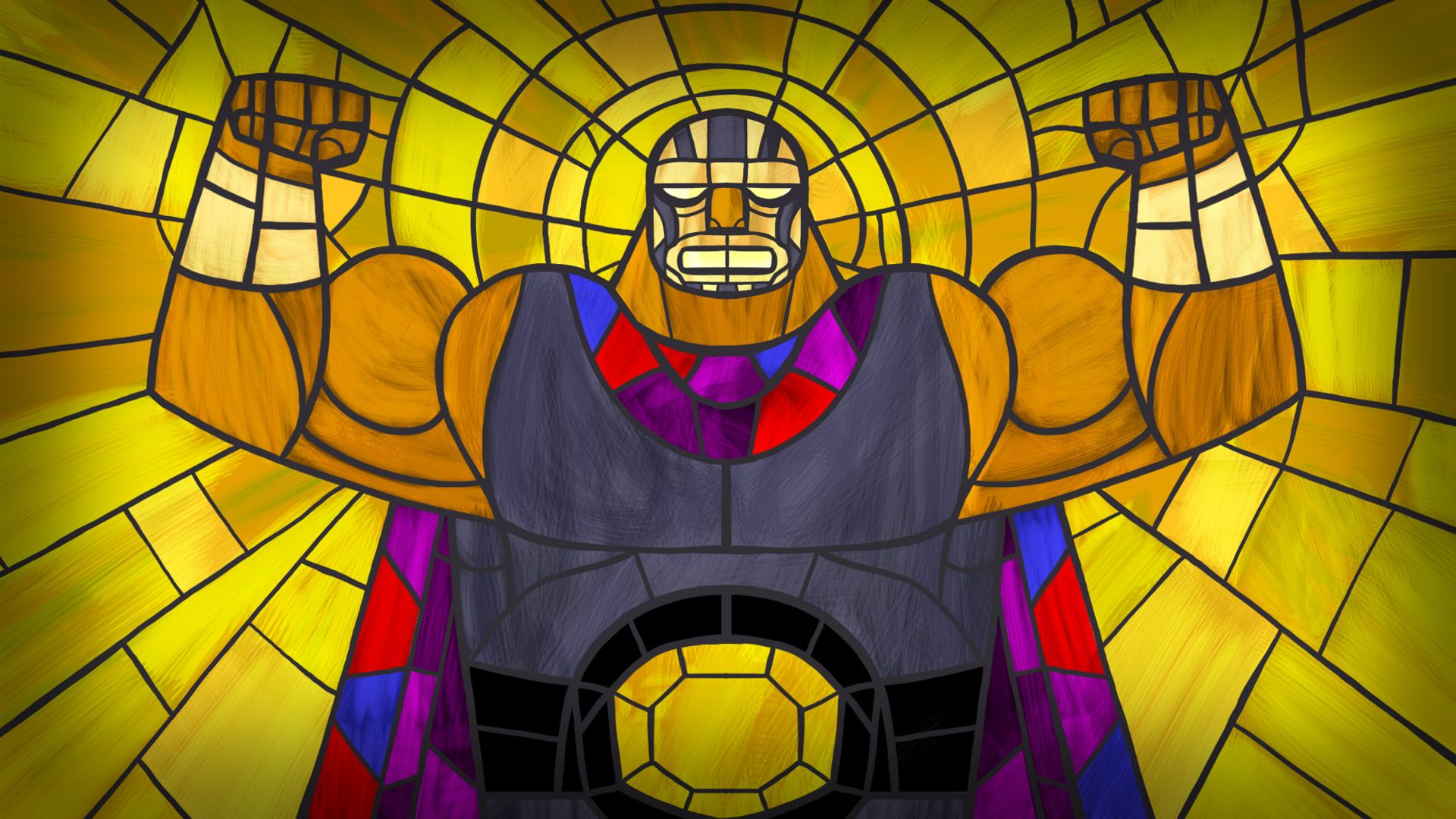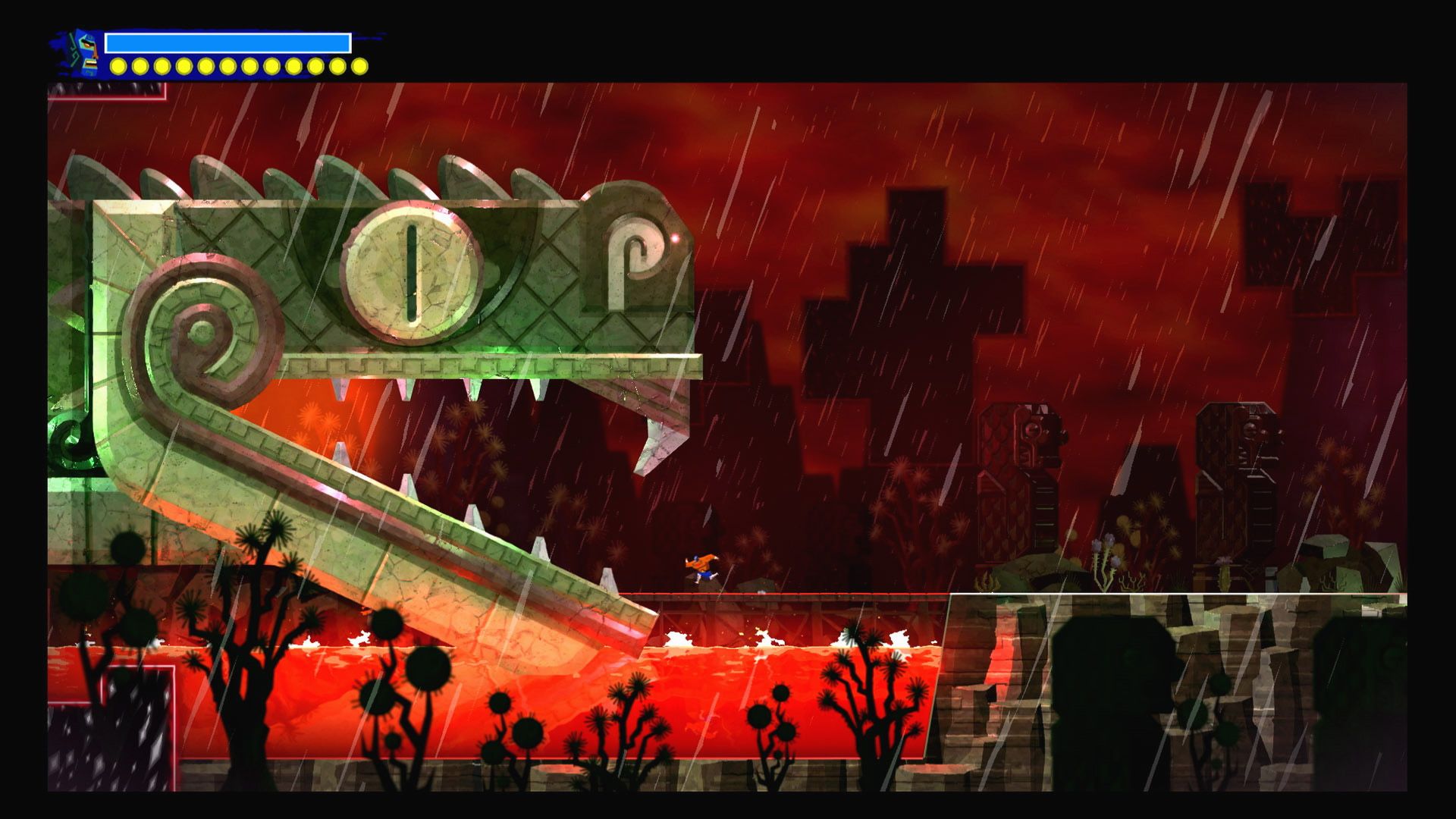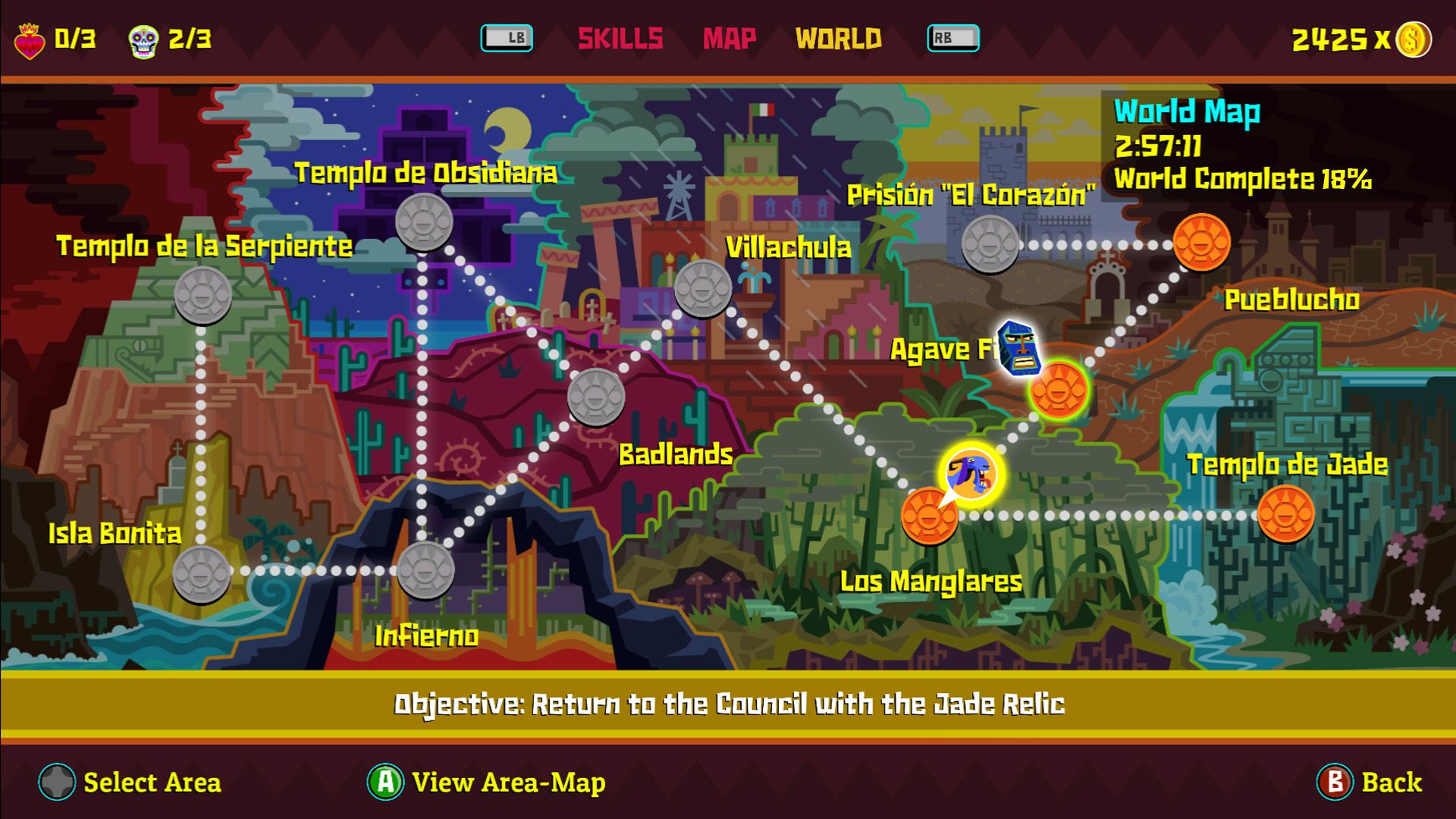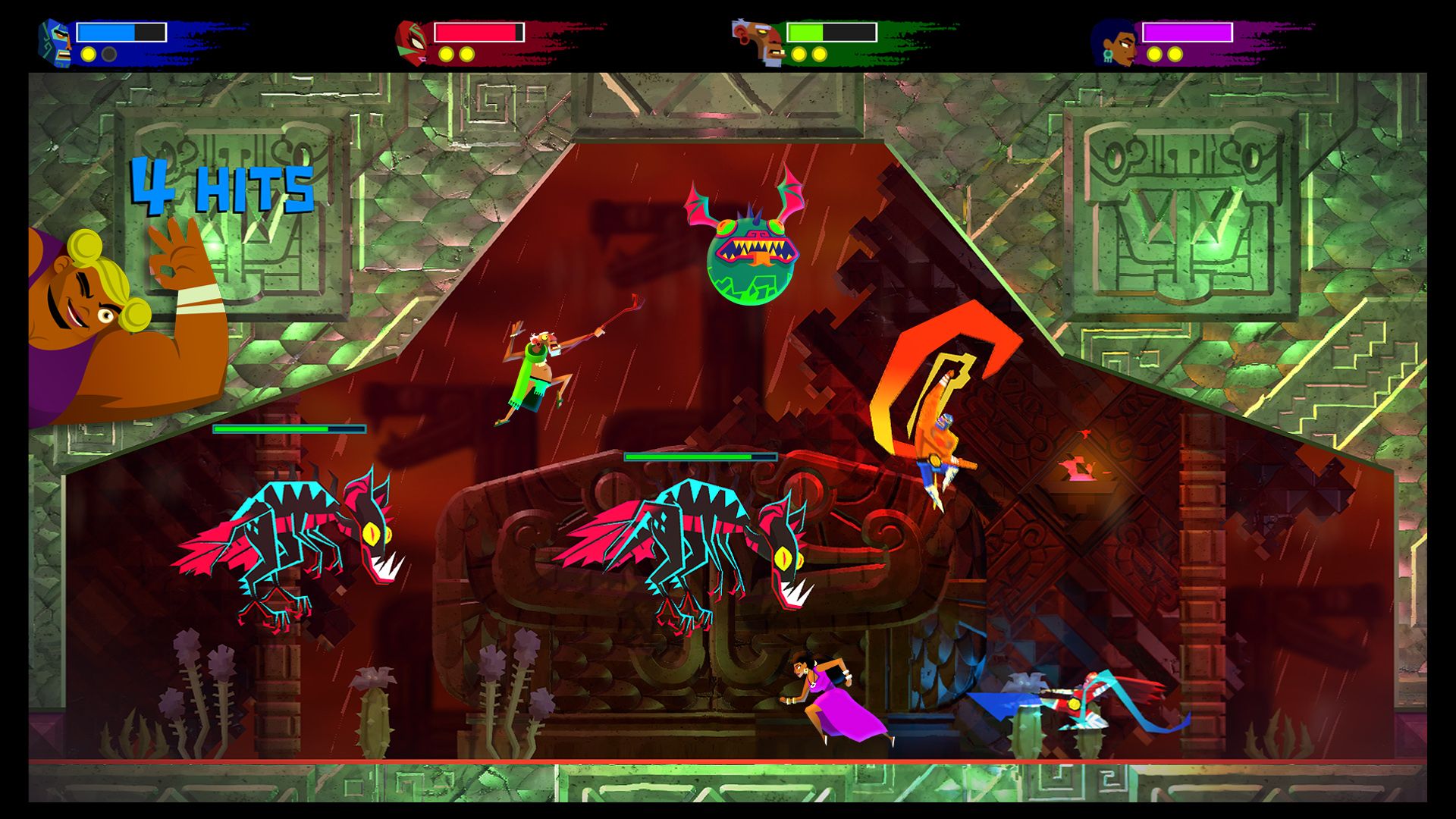Back in 2013, I wrote my first review ever for Guacamelee! when it launched on PS3 and PS Vita on my personal blog. I loved the little Metroidvania, Mexican inspired game jam-packed with memes. I even turned around and got the platinum trophy for it.
When Guacamelee! 2 was announced last year, my eyes lit up at the return of one of my favorite PSN games. I snagged a copy right at launch for PS4 this past August and started chipping away at the new adventure. I never wrapped it up though, due to work and Marvel’s Spider-Man being released just two weeks after Guacamelee! 2 (Sorry Juan). When DrinkBox Studios (DrinkBox) announced the Switch port, I "Rooster Uppercutted" my way into reviewing this port for DualShockers. The Switch version is officially out as of today but we received a copy ahead of time from the publisher so that I could see how it compared to the PS4 counterpart we reviewed earlier in the year.
One let down at the original announcement for Guacamelee! 2 was the lack of a Cross-Play version for PS Vita. I’ve always liked the idea of having the game on both the big screen and on the go, which is the core feature of the Switch itself. I decided to put my thoughts into action and played the entire game in handheld mode. After playing nearly the whole game on my 42" TV, I wanted to see how the game looked scaled down. Guacamelee! 2 totally rocks it on the Switch’s screen. The Switch's wider and taller screen makes the game feel more console-like than the original’s portable version on Vita. The signature Mexiverse art style DrinkBox has honed in over its past two games pops wherever you play it.
The sequel feels very similar to the original. When looking at the controls, combat, and traversal, it feels like DrinkBox took an "it ain’t broke, so we don’t need to fix it" approach. Where the devs spread their wings was in the new chicken controls. Early on in the adventure, you will unlock the ability to transform into a chicken at will. Rather than leaving this the same from Guacamelee!—a means for going through small areas—DrinkBox made it fully featured. Juan’s chicken form can duke it out with the best of them, having its own special moves and the same basic combat as its human counterpart.
Where DrinkBox expanded upon the original was in their world design. The game world of Guacamelee! 2 feels more than twice as big as before. This has led to a shakeup from Guacamelee!. Exploring the world has taken a back seat to smashing skeletons. To fill the longer journeys from point A to B, there are small "lucha" combat challenges that you must complete to advance. They are frequent and offer occasionally unique and tough battles for you to overcome. These interrupt the flow of the navigation, though. Combat still happens outside these lucha matches, but it’s not as frequent. The game’s platforming is the star when you aren’t locked in lucha combat. There are tons of one-off rooms with platforming challenges. This stretches your special moves into navigational tools.
The exploration derived from Metroid is there but takes a small role. Most barriers are hidden behind a certain special move that isn’t too far away from being unlocked. If it is a late game ability, DrinkBox often found an excuse to bring you back to an area, where you could go slightly out of your way to bust the block and explore a new platforming challenge room. Past the halfway point, the subplot offers up an optional side quest that pushes these platforming challenges to the max. They’re usually tucked away in the world, but are not all that hard to find. These three pillars of Guacamelee! 2 are more like three Russian Nesting Dolls; combat is the largest, all-encompassing element, platforming is the middle doll, and exploration is the smallest, tucked away and kept out of sight unless you dig for it.
For all the combat in the game, the Joy-Cons have turned out to be perfect controllers for Guacamelee! 2. The short thumbsticks make for snappy inputs, accurate platforming, and allow for fluid combos. The digital triggers mean when you use the dodge roll or dimension swap, it happens instantly, unlike dodging on the analog triggers of the DualShock 4 controller. A proper D-Pad feels better on something like the Pro Controller or the DualShock, but I had zero issues playing in Handheld Mode with the analog sticks.
Guacamelee! 2 also has four player co-op right off the bat, something that was added to Guacamelee! in its Super Turbo Championship Edition. The Switch makes trying this out more inviting and accessible. Having two controllers wherever you go makes this mode a perfect fit on the platform. I tried it out with my wife and I let her use the Pro Controller while I attempted to use a sideways Joy-Con. The sideways controller manages to use all the buttons. Even the two L/ZL or R/ZR shoulder buttons that are used when the controller is vertical. The controller works, but is not what I would recommend playing with at all. As for the actual co-op, it reminds me of the New Super Mario games. Players pop in and out of bubbles when respawning. The combat doesn’t appear to ramp up, based off my short time playing in co-op. It is a natural fit for the Switch, though.
Guacamelee! 2 came out at an odd time for me this year. Work and then Marvel’s Spider-Man stopped me short of finishing a sequel I was very excited for. I’m glad it has come to Switch and the natural improvements the platform has made to the game, allowing me to re-appreciate the ground I already tread and fall in love with the bits I hadn’t seen. It may emphasize the "melee" part of its name more so this time around, but it still works as a refined sequel worthy of the Mexiverse.




